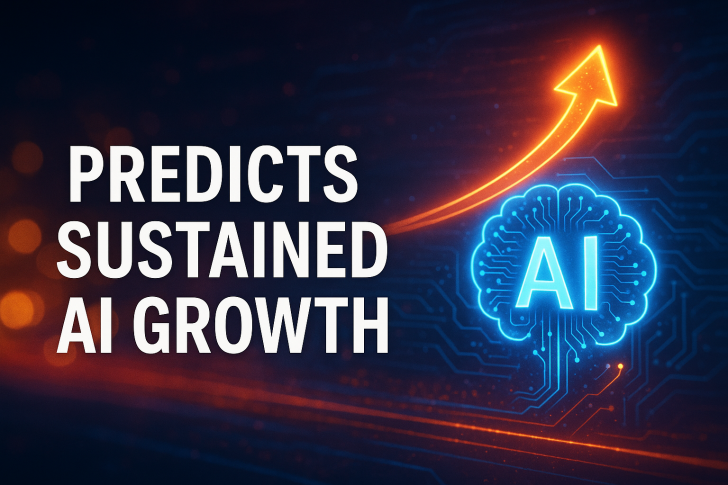The bank expects robust earnings growth through mid-2026, fueled by infrastructure investment from major cloud providers and new players like OpenAI and Oracle. Unlike past tech booms, JPMorgan argues this expansion is grounded in real demand and disciplined capital deployment, not hype.
Key Projections
A recent JPMorgan report shared by Jukan offers a bullish take on artificial intelligence's trajectory. JPMorgan forecasts that Asia Tech sector earnings could climb 20–25% over the next two to three quarters, becoming apparent by late 2025. The top four cloud providers—Amazon, Microsoft, Google, and Meta—are expected to increase capital spending by roughly 20% in 2026, with hardware taking a larger slice. TSMC's advanced chip packaging shipments may jump 60%, while smaller hyperscalers scramble to build capacity for generative AI.
Past tech bubbles collapsed because companies overbuilt capacity. The dot-com crash and crypto-mining bust followed massive surges in equipment spending that outpaced actual demand. This time looks different. Wafer fabrication equipment spending has risen only 8% from 2023 lows, or 12% excluding China—far below the 80%+ rebounds seen in previous cycles. That modest recovery suggests a measured buildout, not reckless overinvestment.
The numbers tell the story: cloud providers are spending $379 billion on infrastructure, while chipmakers like NVIDIA and AMD generate $287 billion in revenue, and AI server revenue sits at just $96 billion. These gaps point to supply constraints and bottlenecks in chips and data center power, not excess capacity flooding the market.
The Path Forward
JPMorgan anticipates another wave of spending upgrades through 2026. While major cloud companies fund expansion through operating cash, smaller players like Oracle and CoreWeave increasingly rely on debt. Still, these smaller firms represent only 11% of total cloud spending, limiting systemic risk. The competitive race for AI infrastructure should keep investment strong into 2027, with supply chains remaining tight and no flood of new capacity on the horizon.
JPMorgan's analysis challenges fears of an AI bubble. The current expansion appears driven by genuine productivity gains and corporate strategy, not speculation. Cash-rich companies with clear monetization plans—from AI cloud services to custom models—are leading the charge, not day traders chasing the next hot thing.
The report frames AI as being in the early stages of a multi-year infrastructure cycle that could reshape tech investment through 2027 and beyond. Strong cloud spending, constrained supply, and sustained global demand suggest continued earnings growth well into 2026. This AI boom, unlike earlier manias, seems built on fundamentals. As the industry scales responsibly, we may be witnessing not the peak of a frenzy, but the start of a durable growth era.
 Usman Salis
Usman Salis

 Usman Salis
Usman Salis


